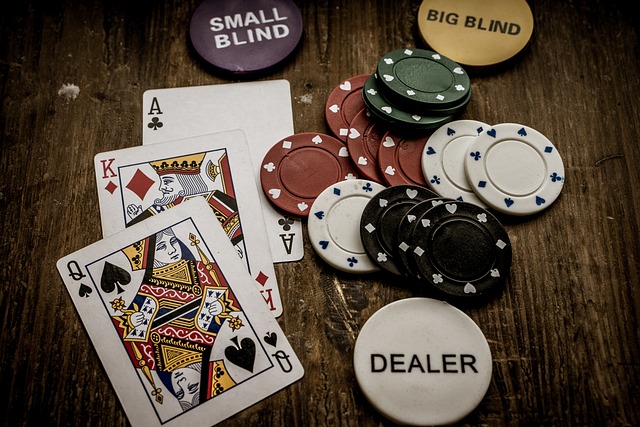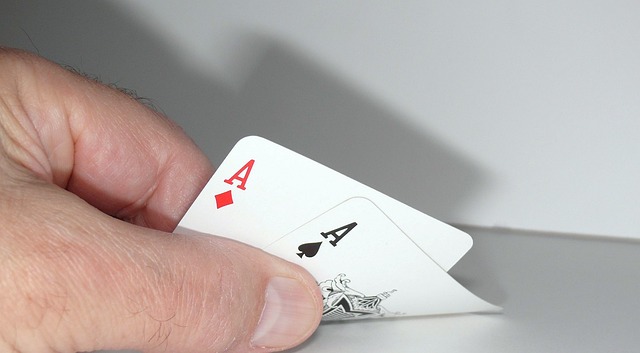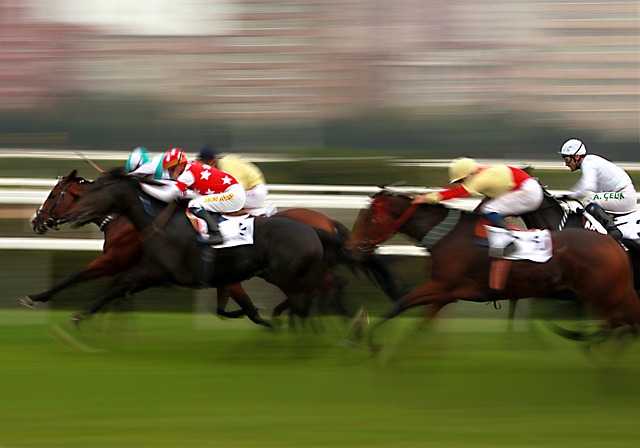-
Mobile betting: tips and tricks for betting on the go

In today’s fast-paced world, the way people bet has changed dramatically. Thanks to advanced technology, it is now possible to place bets conveniently on the go. With the advent of betting apps and mobile platforms, betting enthusiasts can now bet on their favorite sports and events anytime, anywhere. This article will provide you with a…
-
Sports Betting Vs Casino Games: 3 Reasons To Choose Sports Betting

Games of chance (card games, roulette, sports betting, lotteries, etc.) have a very long tradition: the charms of gambling were already discovered in ancient China and ancient Greece. If you want to immerse yourself in the world of gambling today, you often don’t have to look that long. There are modern gambling providers that offer…
-
Ethics and morals in casino operations

Casinos are places loaded with excitement and entertainment. There are offers based on luck and skill. However, behind the glitz and glamor lie serious ethical questions. How do they deal with responsibility? What moral challenges are there? This article takes a look at important questions. At online casinos no one has to have any reservations.…
-
The Evolution of Poker: A Global Phenomenon

The game of poker as we know it today hides a fascinating history. Originally it was played in various forms in several cultures. It evolved into what we know today sometime in the early 19th century in the United States. It is difficult to say where exactly its origin is. Many believe that it evolved…
-
Bookmaker on the screen: Top 4 films and series about sports betting

The rise in popularity of sports betting can be seen everywhere. Online betting providers are constantly expanding their betting offerings and offering bets on e-sports. And directors use the world of gambling as inspiration and make exciting films dedicated to sports betting. But how realistic are well-known films about sports betting? In this article we…
-
Betting as a Hobby: How to Keep It Fun and Safe

Betting can be an exciting and entertaining hobby. But it also carries risks. This article is intended to help you view and engage in betting as an enjoyable hobby without slipping into problematic behavior. It’s about finding the right balance and betting responsibly. Responsible Betting Set a budget: Before you start betting, determine how much…
-
The art of card counting

Card counting is a strategy that is primarily used in blackjack. Players try to keep track of the cards they have already played in order to better assess their chances. It’s about determining the probability of certain cards appearing. People who master this technique can better judge when to bet, hold or fold. When you…
-
Facts and Figures: 7 Interesting Facts About the History of Sports Betting

Sports have always existed, and so has sports betting. Even our ancestors from ancient Greece and the Roman Empire enjoyed betting on Olympic Games, chariot races and gladiator fights. Today we are in the digital age and betting on websites is very different than it was back then, but fundamentally sports betting has made such…
